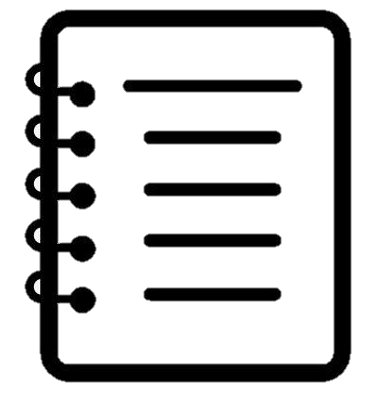Detecting slowly moving infrared targets using temporal filtering and association strategy
2 Hangzhou Dianzi University, Hangzhou, China
Abstract
The special characteristics of slowly moving infrared targets, such as containing only a few pixels, shapeless edge, low signal-to-clutter ratio, and low speed, make their detection rather difficult, especially when immersed in complex backgrounds. To cope with this problem, we propose an effective infrared target detection algorithm based on temporal target detection and association strategy. First, a temporal target detection model is developed to segment the interested targets. This model contains mainly three stages, i.e., temporal filtering, temporal target fusion, and cross-product filtering. Then a graph matching model is presented to associate the targets obtained at different times. The association relies on the motion characteristics and appearance of targets, and the association operation is performed many times to form continuous trajectories which can be used to help disambiguate targets from false alarms caused by random noise or clutter. Experimental results show that the proposed method can detect slowly moving infrared targets in complex backgrounds accurately and robustly, and has superior detection performance in comparison with several recent methods. Bright cloud clutter and strong noise can be suppressed based on the proposed temporal target detection model, and the temporal filtering methods are superior to the spatial filtering methods when detecting small targets immersed in bright cloud backgrounds.
Pipeline

The flowchart of the proposed method. First,suppress complex background based on temporal max filtering and temporal median filtering, enhance the targets by the temporal target fusion scheme, and reduce false alarms based on cross-product filtering. Then, associate the temporal detections, and suppress the false alarms further based on graph matching model and target association strategy. In the end, carry out real data experiments and comparison with several baseline methods.
Highlights
-
propose a temporal target model to suppress heavy noise and clutter. In this stage, the temporal filtering, temporal target accumulation, and cross-product filtering are combined to suppress heavy noise and clutters in infrared images.
-
present a general framework to associate targets and suppress false alarms. In this stage, the association strategy is used to associate the detections obtained from consecutive images and suppress false alarms further.
Qualitative Evaluation

Detection results of the proposed temporal target detection method: (a) original images of four sequences (IRPL, NPA, NA23A, and J2A); (b) detection results of temporal max filtering, temporal target fusion, and SVD reconstruction; (c) detection results of temporal median filtering, temporal target fusion, and SVD reconstruction; (d) cross-product filtering of the detection results from (b) and (c).
Quantitative Evaluation

NAF: nonlinear adaptive filtering method; STLC: spatial-temporal local contrast method; TC: temporal contrast method; LC: local contrast method; PI: patch-image method.
Citation
@article{gao-etal-2016-detecting,
author = {Gao, Jingli and Wen, Chenglin and Bao, Zhejing and Liu, Meiqin Liu},
title = {Detecting slowly moving infrared targets using temporal filtering and association strategy},
journal = {Frontiers Inf. Technol. Electron. Eng.},
volume = {17},
number = {11},
pages = {1176--1185},
year = {2016},
doi = {10.1631/FITEE.1601203},
}
Contact
If you have any questions, please contact Jingli Gao at gaojingli.cv@gmail.com.
